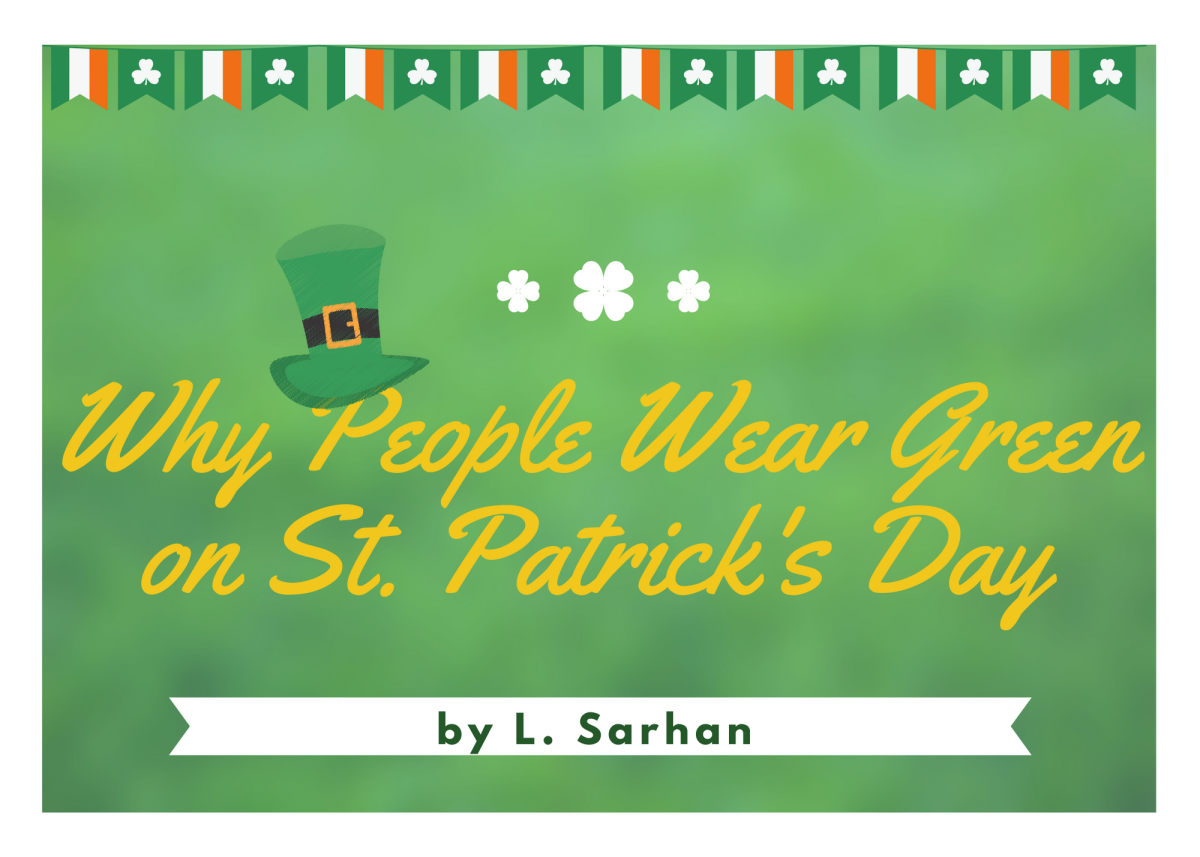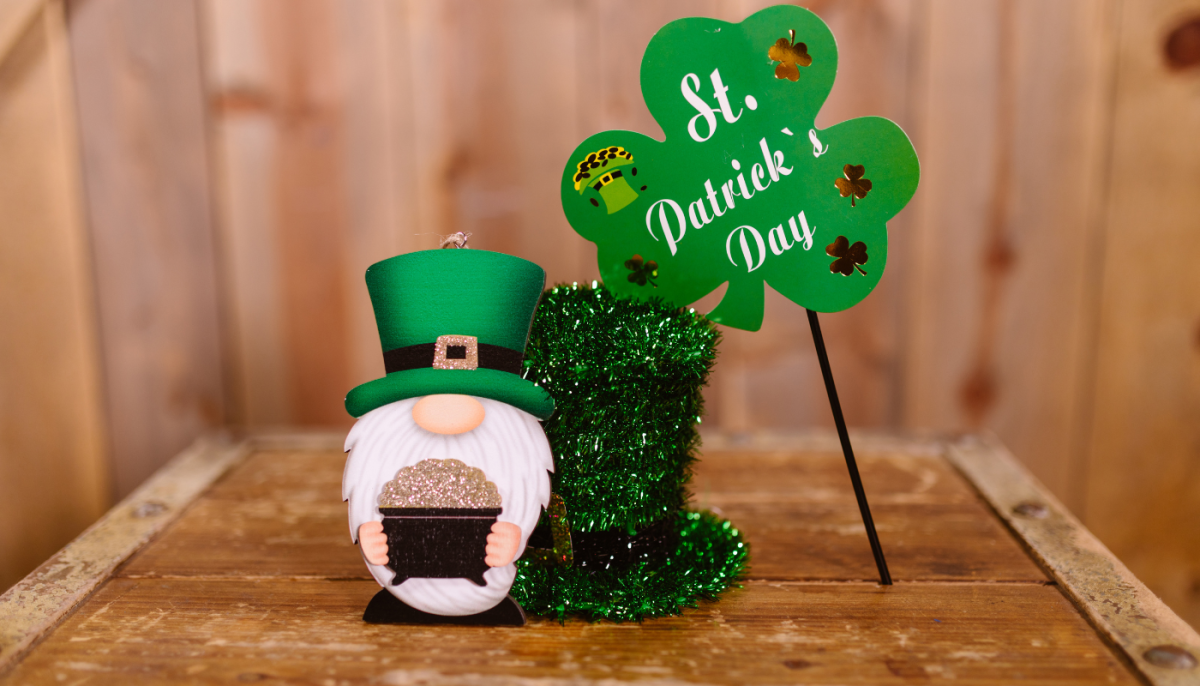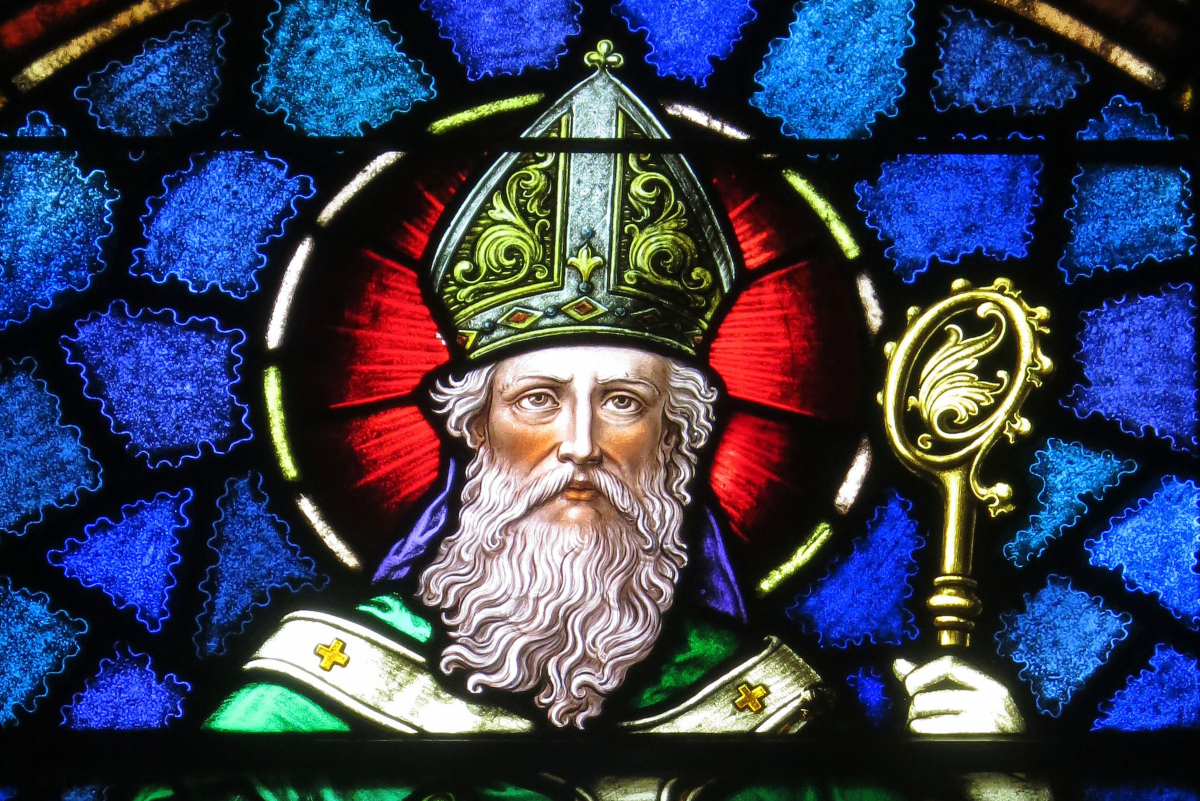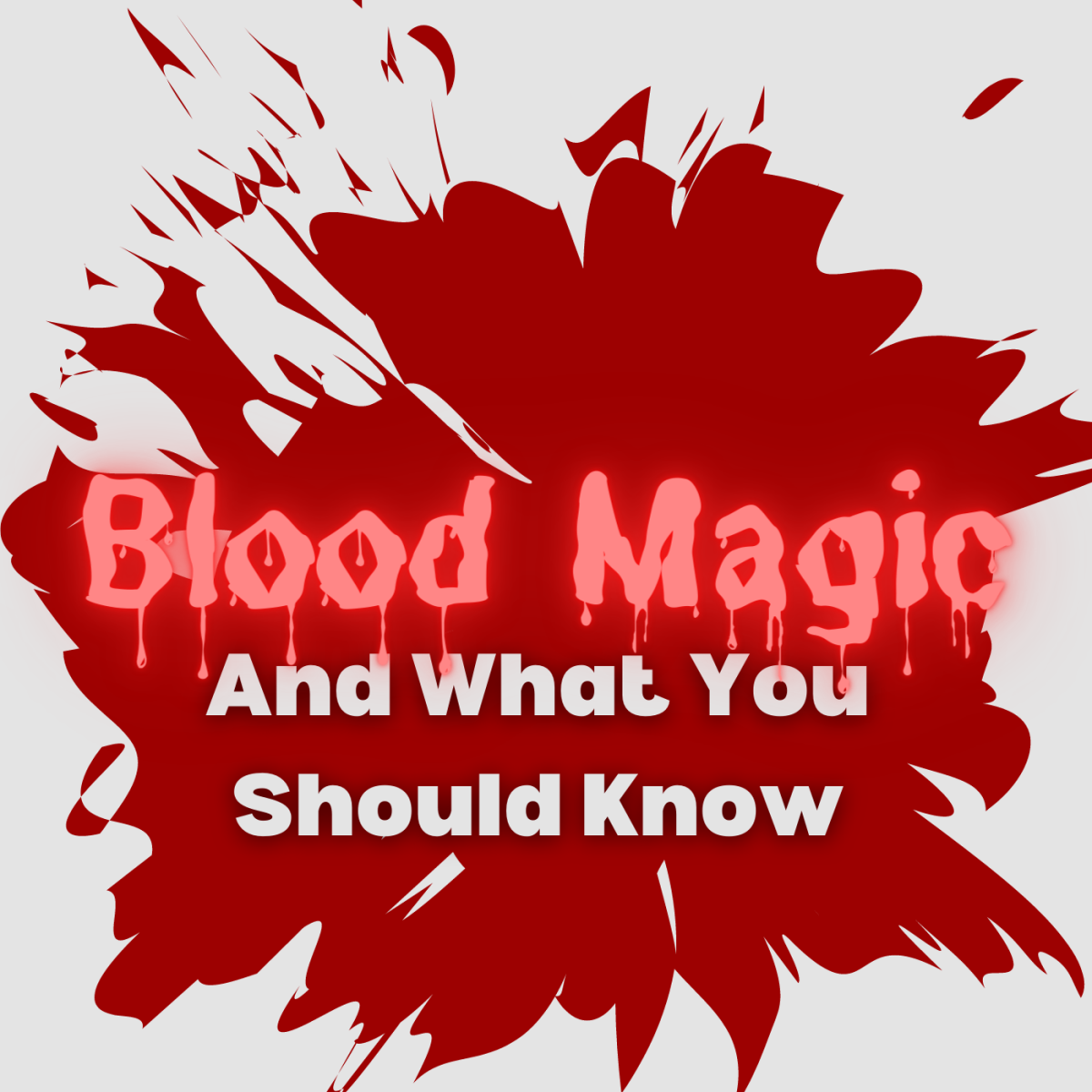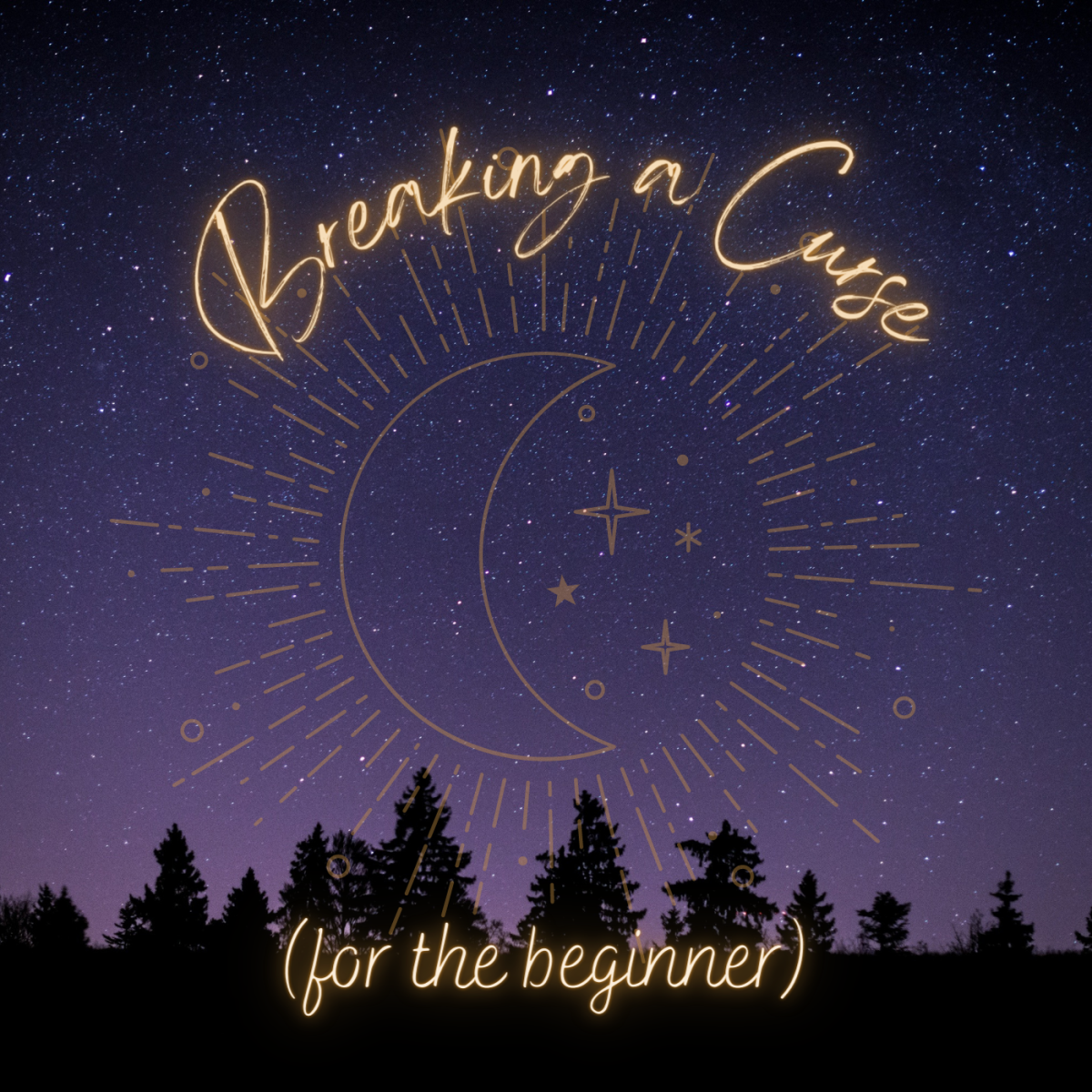The Sad Origin of St Patrick's Day
The illusion...
Is that St Patrick's day is a day to celebrate and be merry. A day to run around looking for leprechans, four leaf clovers and people to pinch (or punch, depending on how drunk you are). The common story is that St Patrick came to ireland and saved the Irish from big bad snakes, by driving them away.
Because of this, Saint Patrick was dubbed the "Patron Saint of Ireland", and every year on March 17th, the holiday is celebrated just about everywhere. People get all dressed up in green, gold and orange, to hobnob around town having a good time. Others get ready to go to church and pay their respects. While others just laugh and drink a green beer at home.
It's a nice illusion isn't it? Makes St Patrick's day seem all rainbows and pots of gold, doesn't it?
The Reality...
Is that in the 4th or 5th century AD, a teenager by the name of Maewyn Succat was kidnapped from Wales or Scotland by a tyrant chieftan, a few hundred years after christianity had really taken hold in gaelic lands, and he was sold as a slave to live out his days on Ireland as a shepard.
When he was 16, he had a dream that lead him to escape his owners and flee back to Britain, his first home, where he was then captured by British mercenaries who put him right back into the British slave trade. After several more months as a slave, Maewyn escaped once again and set out to travel Europe, defining his faith. After nearly a decade of loyal work to the Catholic church, he had a dream that told him that the Irish were just dying to have him come back and tell them about his religion. After having earned his christianized name of "Patricious" or "Patrick", he begged to be sent back across the seas to Ireland, to preach and convert the land. Originally his request was denied, but when the man sent before him, died before even reaching Ireland, Patrick was granted his request.
It was because of this dream, and strange belief that he needed to convert the Irish, that he head back to Ireland, where he proceeded to anger the then current High King of Tara, by disgracing their religious observances. Once he had thoroughly gained the kings angry attention, he managed to sway the king's favor and allow him to preach christianity to the people of Ireland, by suggesting his faith was nothing more than three deities who were all a single deity at the same time, which he described while using a three leafed clover.
Coinciding with Patrick's 'mission', is the disappearance of the ancient druidacht traditions in mainstream Ireland. The legend says that Patrick "drove out the snakes" from Ireland, when what he really did, was drive out the Druids. The former priests, healers, artists and wise-people of the land. Whether or not he drove them out, or they left, still remains to be seen. Previous christain preachers had attempted to convert the lands before, though because Patrick went straight to the High King of the age, he gained ground where others couldn't.
Strangely, up until ole Patrick began his conversion of Ireland, the land had remained strong and mostly free from oppression from the Roman's or any other local invaders who had all tried to take over the land. After Patrick worked his mojo, Ireland's history filled up with literacy, progress and one unfortunate event after another.
Events like...
- A failure of bread in the year 536-539 AD...
- Plagues from 660-680 AD...
- The Normans attacking...
- The Vikings attacking...
- The English attacking... (thanks to good old Henry VIII and the Church of England..)
- The Season of Storms (1588)
- The Re-Conquest of Ireland... (Elizabeth and James I)
- The Nine Year War...
- The Wars of the Three Kingdoms...
- The Great Famine...
Need I say more?
Granted, most of these events can now be logically explained away by science and disease theory, and I'm not refuting that. Though it certainly is an interesting coincidence that there are rarely any similar events described (even in myth) before Patrick's conversion of Ireland.
The sad truth...
Is that while Patrick may have been genuine and compassionate in his own beliefs, what happened after he converted most of the rest of Ireland to christianity, was the continued oppression, invasion and domination of the Irish by various christian cultures. Even after much of them had already converted to Irish catholisim, they were still warred with and conquered by several groups under the name of the same major patriarchal deity, but with different moral obligations and justifications. Even to this day the Irish are still ruled by outer dictators using dogma and diplomacy as their torches.
Roots that never left..
Ironically, in an attempt to help convert more pagans, Patrick took to using their heritage and pagan myths to help bring a better understanding and less anxiety about the new dogma's taking over. Because of this, when Patrick died, the church named the day for him and dubbed him a the patron (man) Saint of Ireland.
Originally, the spring was already known for Leprechauns, Blarney stones and Four Leafed Clovers (among other things), and the original holiday was Ostara, a sabbath of spring time that celebrated the season and the goddess Eoster.
To this day, the thought of luck, leprechauns and magick stones - all of which were celtic druid lore - are still celebrated as Irish heritage on St Patrick's day. Which goes to show, that regardless of what the culture may have been through, it essentially never lost it's magickal roots.

